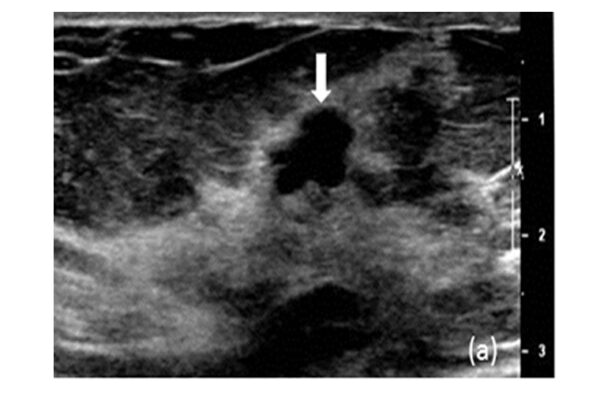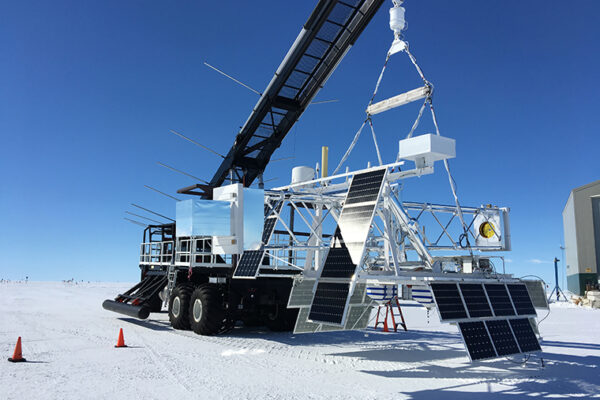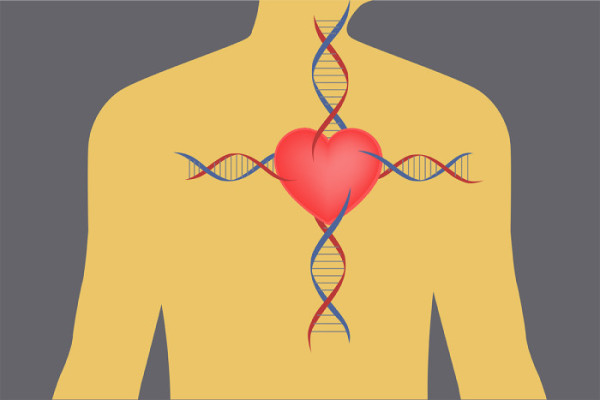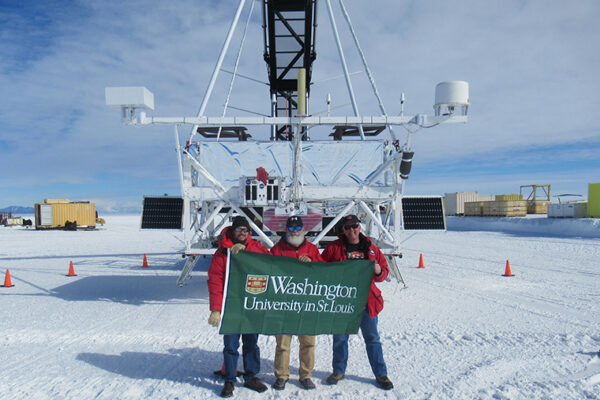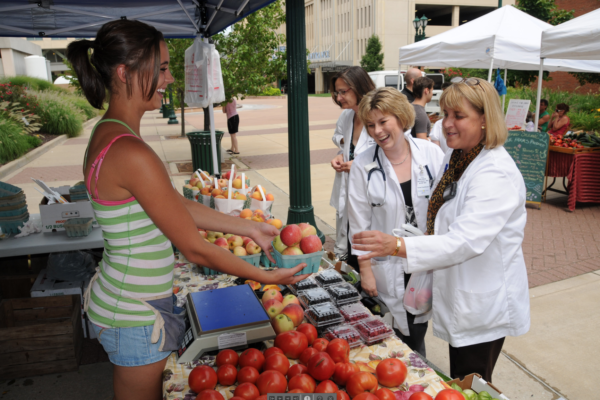Mentoring natural leaders
Stephen Lockhart, MD, AB ’77, is an avid outdoorsman who makes sure future generations have the opportunity to explore nature.
Traditional farming preserves diversity of Thai purple rice
Purple rice is a whole grain with high levels of antioxidants — and high levels of genetic diversity, thanks to traditional farming practices, according to new research from Washington University in St. Louis.
Using bacteria to create a water filter that kills bacteria
Engineers have created a bacteria-filtering membrane using graphene oxide and bacterial nanocellulose. It’s highly efficient, long-lasting and environmentally friendly — and could provide clean water for those in need.
Novel imaging technology may help reduce biopsies for breast tumors
Scientists at Washington University in St. Louis plan to use a new imaging technique to get a better look at breast tumors and reduce unnecessary biopsies.
Math and the robot uprising
Federico Ardila, professor of mathematics at San Francisco State University, will deliver the Loeb Undergraduate Lecture in Mathematics, “Using geometry to move robots quickly,” at 4:30 p.m. Thursday, Jan. 17, in Brown Hall, Room 100, on the Danforth Campus of Washington University in St. Louis.
Second scientific balloon launches from Antarctica
Washington University in St. Louis announced that its X-Calibur instrument, a telescope that measures the polarization of X-rays arriving from distant neutron stars, black holes and other exotic celestial bodies, launched from McMurdo Station, Antarctica.
Edging closer to personalized medicine for patients with irregular heartbeat
An international team, including faculty from the School of Engineering & Applied Science at Washington University in St. Louis, has used genetic phenotype to determine which patients would benefit the most from a commonly used drug treatment.
Cosmic ray telescope launches from Antarctica
Washington University in St. Louis announced that its SuperTIGER (Super Trans-Iron Galactic Element Recorder) instrument, which studies the origin of cosmic rays, successfully launched today from Williams Field at McMurdo Station in Antarctica.
Young, hip farmers: Coming to a city near you
A new breed of American farmers are being drawn to the field by factors such as higher education, personal politics, disenchantment with urban life and the search for an authentic rural identity, according to new research by anthropologists from Washington University.
The Trailblazer: Nancy Tye-Murray
Nancy Tye-Murray, PhD, is the first female WashU faculty member to found a startup. clEAR trains people to hear better using their loved ones’ voices.
Older Stories



